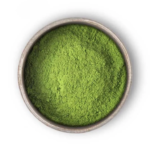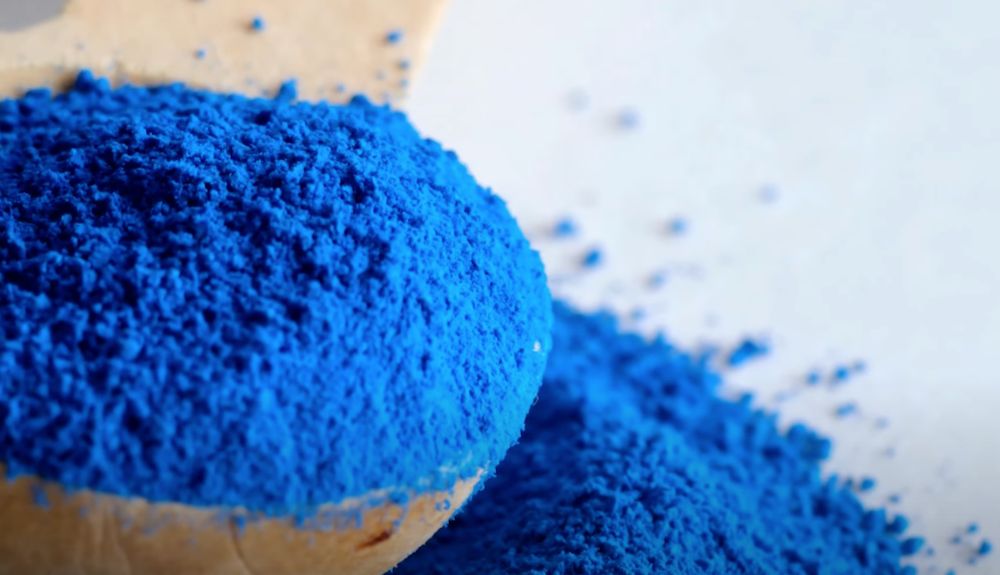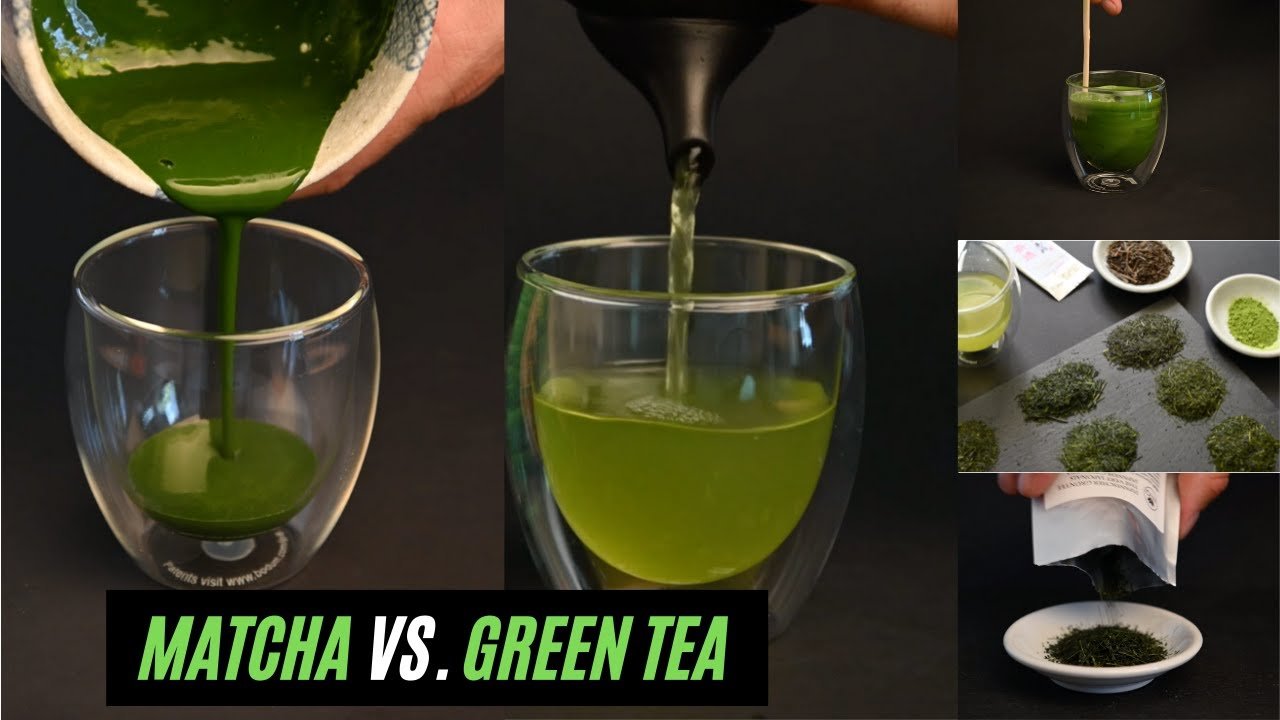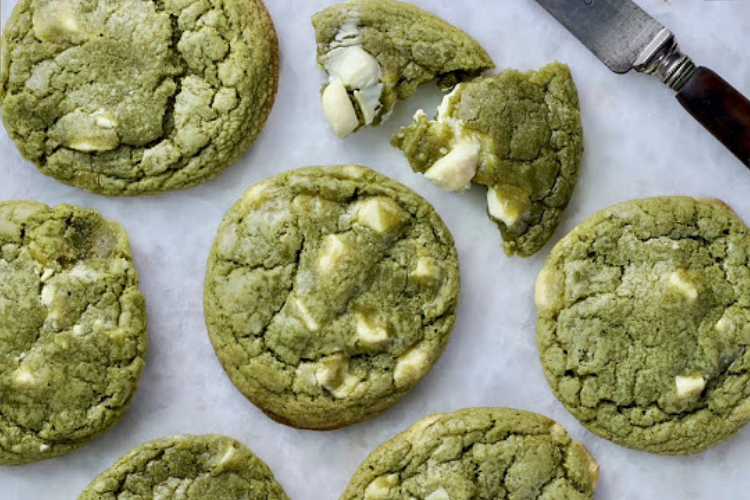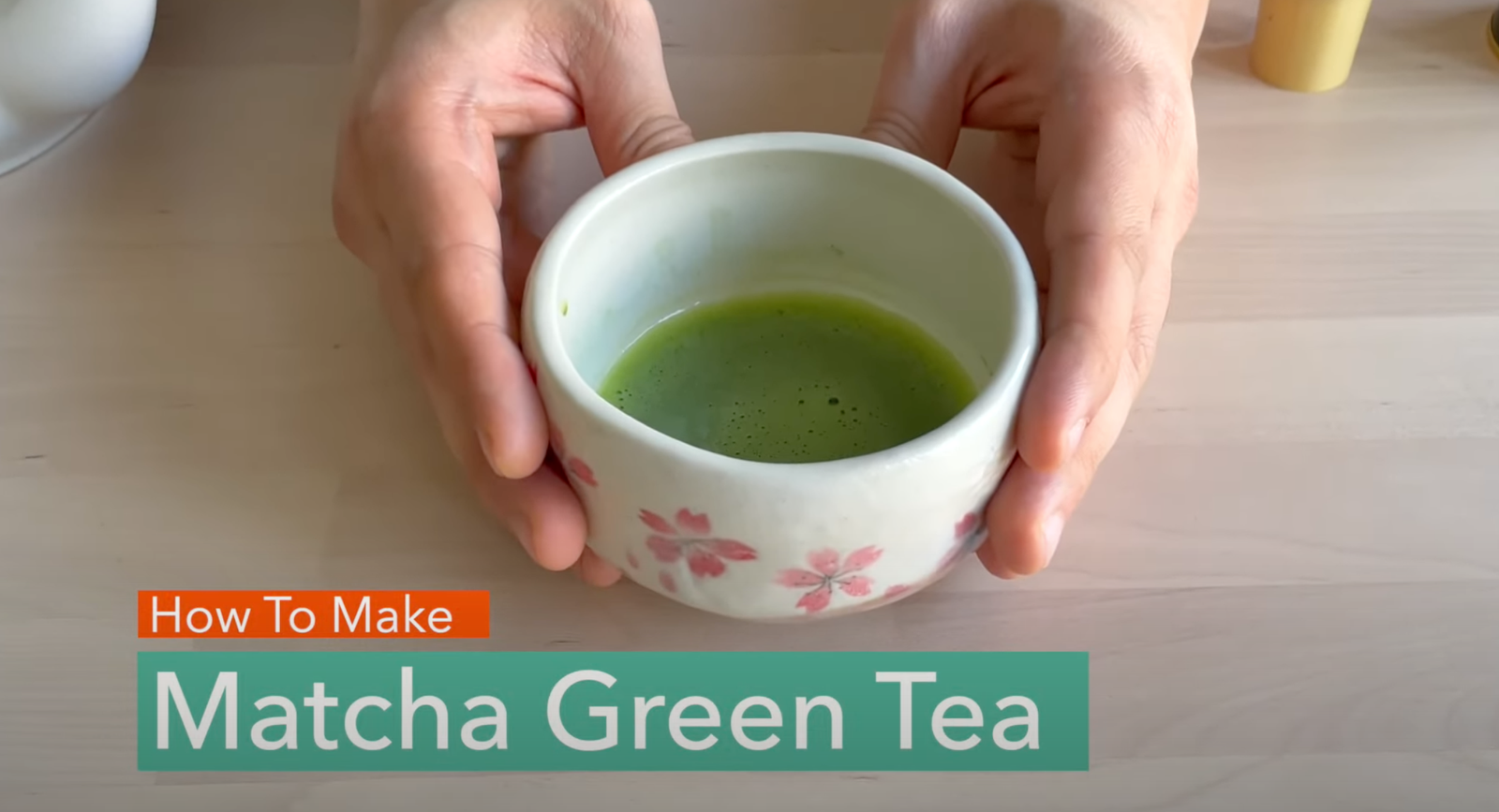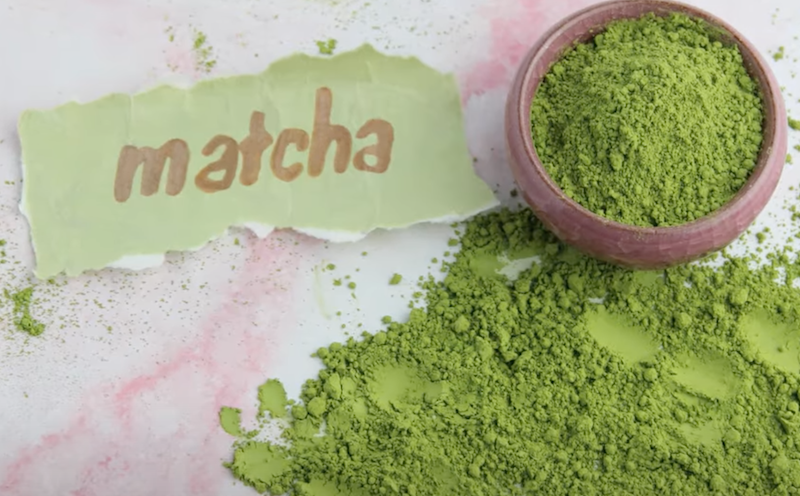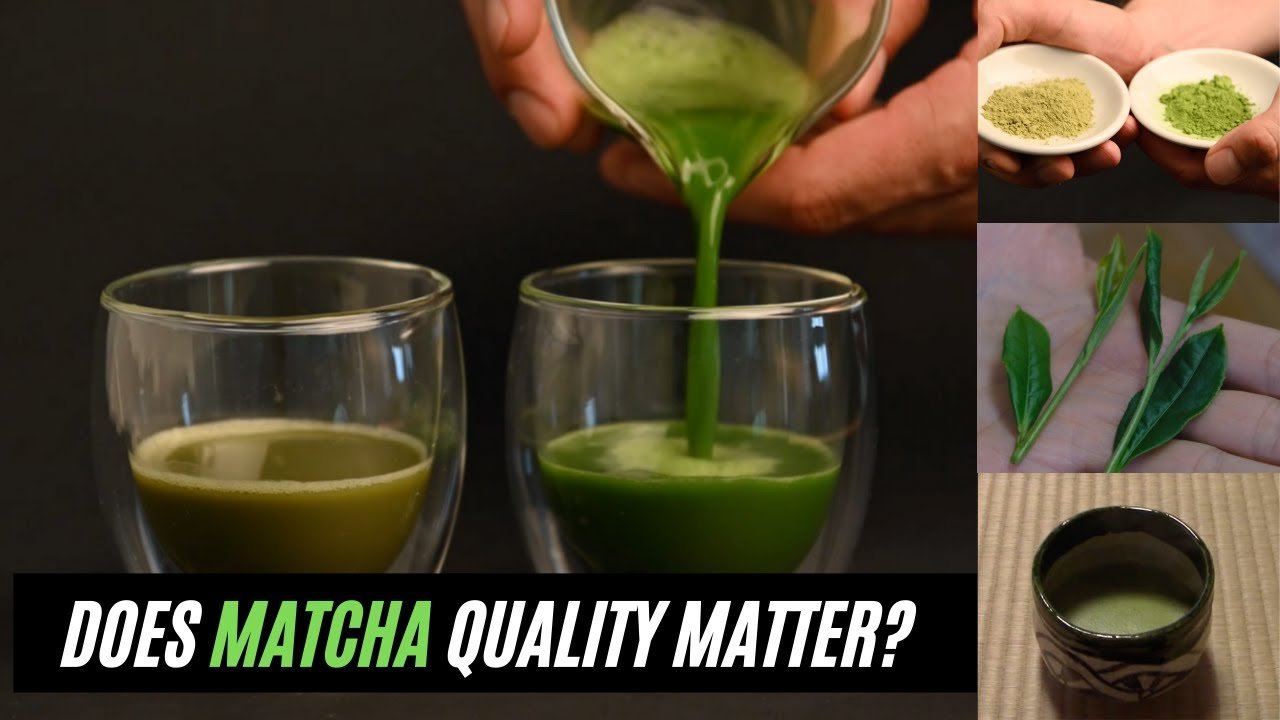Blue matcha is currently capturing a lot of attention, but many are unsure about what it actually is. You may have noticed the striking blue-colored tea and cocktails making waves in cafes and bars. This intriguing hue is attributed to something called “blue matcha,” but what exactly is behind this color?
Understanding Blue Matcha
Despite its name, blue matcha is quite different from traditional green matcha. True matcha is a finely ground powder made from green tea leaves, which undergoes a meticulous process involving shaded growth, careful selection, and grinding.
The term “blue matcha” is somewhat misleading because it refers to the powdered flowers of the butterfly pea plant, not tea leaves.

These flowers are primarily used as a natural coloring agent, giving drinks a vibrant blue color without adding any distinct flavor.
Color and Flavor
The butterfly pea flower has little to no taste, making it a less flavorful option compared to traditional teas. Its primary appeal lies in its vivid blue color, which can transform dramatically to purple when lemon juice is added due to changes in pH.
This makes for a visually entertaining experience, whether in teas or cocktails. Despite its weak flavor profile, it is often mixed with other herbs to enhance visual appeal while maintaining a natural palette.
Health Benefits Comparison
While the health benefits of butterfly pea flowers are not as robust as those of genuine matcha, they are not to be overlooked. These flowers are rich in antioxidants and anthocyanins, which are beneficial for promoting healthy skin and hair.

Anthocyanins, also found in blueberries, have been studied for their potential health benefits, including anti-inflammatory and weight loss properties. However, it’s essential to note that these benefits are relatively mild when compared to the potent effects of traditional matcha.
Production and Quality
The production of blue matcha mainly serves the purpose of coloring, whereas traditional matcha is cultivated for its flavor and health benefits. High-quality green matcha involves a process where tea plants are shaded from sunlight to prevent bitterness and enhance the sweet and savory flavors of the tea. This careful cultivation contrasts sharply with the simple process of drying and grinding butterfly pea flowers.
In summary, while blue matcha offers an aesthetic appeal and some health benefits, it does not compare in flavor or nutritional value to traditional matcha. For those interested in exploring genuine matcha, extensive options are available, particularly from regions in Japan known for their tea cultivation. Feel free to try the tea and share your experiences!
